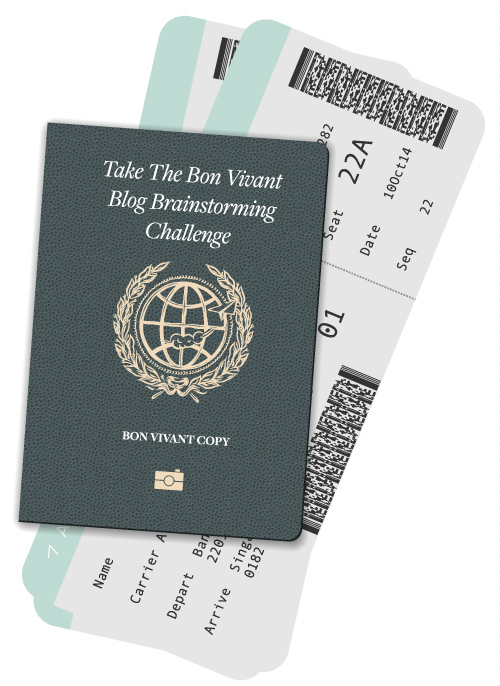Do you know your ideal client?
Like, really know them?
In marketing, we talk a lot about knowing your ideal client in terms of demographics.
You may have even created an ideal client “avatar” that describes your ideal client’s age, occupation, income, etc. If you’ve created a good ideal client avatar, then you’ve also delved into your ideal client’s interests — what movies she watches, where she shops, how she likes to spend her free time.
Going through this exercise ensures that you create marketing material that speaks specifically to this ideal client. To get more travel clients, you have to really understand them.
BUT — I think many travel pros, and small biz owners in general, are missing something MAJOR when they start to define an ideal audience.
It goes beyond demographics. It even goes beyond interests.
Understanding the Stages of Awareness
What’s missing? Your audience’s stage of awareness.
How aware are they of travel agents as a solution to their travel problems?
Are they even aware that they have a problem?
And, of course, the most annoying question ever (but one you HAVE to consider for your marketing’s sake): Do they even know travel agents exist?
First posited by GENIUS copywriter Gene Schwartz, the stages of awareness go something like this:
Unaware: A prospect doesn’t know he has a problem (that doesn’t mean the problem doesn’t exist, though! He’s just not yet feeling much pain associated with it).
Problem Aware: A prospect feels pain associated with his problem, but doesn’t know that there’s any way to fix it.
Solution Aware: A prospect knows that solutions to his problem do exist — yay!
Product Aware: A prospect now knows your solution exists. He’s just not sure if it’s right for him.
Most aware: A prospect knows you’re the solution to his problem, he’s just waiting to pull the trigger.
Get More Travel Clients with the Stages of Awareness
Why do these stages of awareness matter?
Because they help ensure you nail the messaging in your content and copy.
If you write your website copy or an opt-in offer assuming your audience is “solution aware,” but really, most of them are only “problem aware,” then there’s going to be a disconnect.
Take this example:
I worked with a client on developing a great idea she had for an opt-in offer: a FAQ guide to working with travel agents.
She realized that many potential clients in her audience were somewhere in the “solution aware” stage — they knew that travel agents existed, and wanted to know more.
Notice that she didn’t create and market an FAQ guide on how to work with her. Her prospects weren’t ready for that stage!
Once her prospects became more assured that travel agents were the solution for them … then she can start to plant the seed that she is the best travel agent for their needs.
Skipping a stage of awareness means that you’re skipping over vital information that your prospects need to make the decision to work with you. You can get more travel clients if you skip a stage!
Make sense?
How to Figure Out What Stage Your Ideal Travel Client Is In
If you’re still with me, then you probably have one question:
How do I know which stage of awareness my prospects are in?
I can think of two ways:
1) Create different kinds of opt-in offers, blog posts, and other content that appeals to different stages of awareness — and then monitor them to see which get the most attention.
2) Ask your prospects. Start a conversation! That’s how my client came up with her opt-in offer idea — she had a lot of conversations with individuals who matched the traits of her ideal client (in her case, she’s going after the millennial market) and that’s when she realized that they had a lot of questions about how travel agents work.
Bonus: Actually talking with potential prospects — or at least “spying” on them — can give you TONS of insight into how to write copy and content that will truly resonate.

.I am now going to go over all of my blog and IFO ideas and create a content upgrade for a few of them
Awesome, so glad you’re taking action!